Title
Sand Hypoplasticity (von Wolffersdorff, 1996)
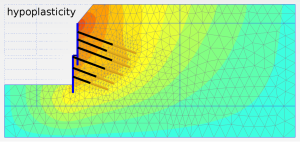
Description
Sand hypoplasticity is an advanced incrementally non-linear constitutive model, an outcome of an extensive research at Karlsruhe University in 1990’s. It incorporates pressure- and density-dependency of soil behaviour. Its response has been validated using a number single and finite element simulations of various geotechnical problems. When combined with so-called intergranular strain concept (Niemunis and Herle, 1997), it is capable of predicting small strain stiffness degradation and cyclic loading effects.
References
Simulation Software Offering This Model
Abaqus
Views 19,348
The Abaqus Unified FEA product suite offers powerful and complete solutions for both routine and sophisticated engineering problems covering a vast spectrum of industrial applications.
PLAXIS
Views 9,704
PLAXIS 2D and 3D are powerful and user friendly finite element package intended for two-dimensional and three-dimensional analyses of deformation and stability in geotechnical engineering and rock mechanics.
Tochnog Professional – Free FEM Code
Views 3,367
Tochnog Professional is a free Finite Element program offering a wide variety of geotechnical and mechanical options; modern material laws including the most recent rate independent and viscous hypoplasticity models.
Geoslope SIGMA/W
Views 2,202
SIGMA/W is a powerful finite element software product for modeling stress and deformation in earth and structural materials. SIGMA/W analyses may range from simple linear elastic simulations to soil-structure interaction problems with nonlinear material models.
Calibration Software Offering This Model
ExCalibre is online tool for automatic calibration of soil constitutive models, adopting a unique model-specific calibration algorithm respecting physical meaning of material parameters. Experimental data are read from a simple Excel spreadhseet template.
Triax element test driver
Views 5,728
Triax is an inhouse element test constitutive model driver developed since 2001 at Charles University and elsewhere by David Mašín and coworkers. It covers wide range of constitutive models and testing conditions.
Plaxis SoilTest
Views 4,291
The SoilTest option is a quick and convenient procedure to simulate basic soil lab tests. It also offers the possibility to optimise model parameters. It works for any model, both standard soil models as well as user-defined models.
Matlab Driver
Views 3,345
Simple Matlab driver running elasto-plastic and hypoplastic models. Rather an education tool than a serious calibration software, but some may find it useful to familiarize with the structure of constitutive model equations and to run simple element test simulations.
Incremental Driver
Views 3,122
Incremental Driver is a single element code developed by Andrzej Niemunis (2007, 2014) for running element tests using constitutive models implemented in umat format.
Tochnog Driver
Views 693
A dedicated special purpose incremental driver which is able to calculate the results of homogeneous experiments. Both displacement controlled and force controlled experiments can be performed.
Related Downloads
Clay and Sand hypoplasticity UMAT and Plaxis implementations, including UMAT-Plaxis interface
Views 15,489
Download package of Clay and Sand hypoplasticity UMAT and Plaxis implementations, including pre-compiled UMAT-Plaxis interface.
UMAT Implementation of Sand Hypoplasticity by UIBK
Views 5,358
Download package contains two umats, one for basic hypoplasticity (von Wolffersdorff, 1996) and the other for hypoplasticity with small strain stiffness (Niemunis and Herle, 1997).
Download Package of Matlab Driver
Views 2,803
Simple Matlab element test driver running elasto-plastic and hypoplastic models. Programmed in 2012 by Claudio Tamagnini and David Mašín for the ALERT Olek Zienkiewicz Course.
Download package of hypoplasticity (sand and clay) for GeoSlope SIGMA/W
Views 1,204
Download package of sand and clay hypoplasticity for GeoSlope SIGMA/W finite element code. Based on umat, comes along with the source code.
Related SoilModels Forum Posts
A PhD-level course on hypoplastic constitutive modelling intended for both academia and practitioners.
Error: permission to access files denied (Hypoplasticity in PLAXIS)
Views 5,947
Hello, I am trying to implement the dll for hypoplasticity in Plaxis 3D. It runs through both the Initial Phase and a Nil Step. However, when it calculates about 20 […]
Presentations on hypoplasticity applications, D. Mašín, NGI 2017
Views 5,022
Based on some requests, I share here two presentations on hypoplasticity applications. One is related to simulation of various boundary value problems, the other focuses on simulation of cyclic and […]
Cyclic simple shear test simulation with hypoplasticity
Views 4,671
Dear All, I am using sand hypoplastic model in my research and I have encountered some problem when looking into cyclic simple shear test in the range of small strains. […]
Automatic calibration software ExCalibre has been launched
Views 4,400
On behalf of the team of developers I am happy to announce that, after more than four years of development and testing, ExCalibre has just been launched. ExCalibre is a […]
Calibration of Hypoplastic material model parameters
Views 4,397
I would like to derive material parameters based for a simulation which will implement the hypoplastic material model based on the following information: • Heavily overconsolidated • Very dense, fine […]
Spurious oscillations in calculated accelerations
Views 4,144
Hello everyone, I have just a general question how people approach the problem of spurious oscillations generated in dynamic analysis when using nonlinear soil constitutive models. I understand sometimes numerical […]
Hi all Just a short question on the modification of the intergranular strain concept proposed by Wegener & Herle (2014) to limit strain accumulation. In terms of the numerical implementation […]
Dear all, After carefully reading the matlab drivers of hypoplastic models, I was wondering whether the driver can simulate triaxial extension tests. As I change the constraints to reflect triaxial […]
Triaxial Callibration test with Hypoplasticity
Views 4,004
Dear all I am trying to calibrate the HP for sand, and I have quite comprehensive data. but they are not totally consistent with each other . we have the […]
Dear all, After carefully reading the matlab drivers of hypoplastic models, I was wondering why there is not mix control undrained TX compression. I want to achieve the same result […]
Effects of water content in sand in hypoplastic strength parameters
Views 3,842
Dear All, I am currently using the hypoplastic model for gran materials from Prof. von Wolffersdorff to simulate soil excavations in a context of large deformations. I have been searching […]
The 2014 Masin hypoplasticity for clays has been implemented in Tochnog Professional under guidance of Dr. David Masin. This implementation includes structure, intergranular strains and visco effects. Extensions to the […]
Two new umats are available now at SoilModels, thanks to Wolfgang Felling of the University of Innsbruck. These umats use different integration scheme compared with the other sand hypoplastic umats. […]
Hypoplasticity (sand and clay models) is now available for GeoSlope SIGMA/W finite element code in a form of user defined Add-In. The implementation is based on ABAQUS umats and it […]



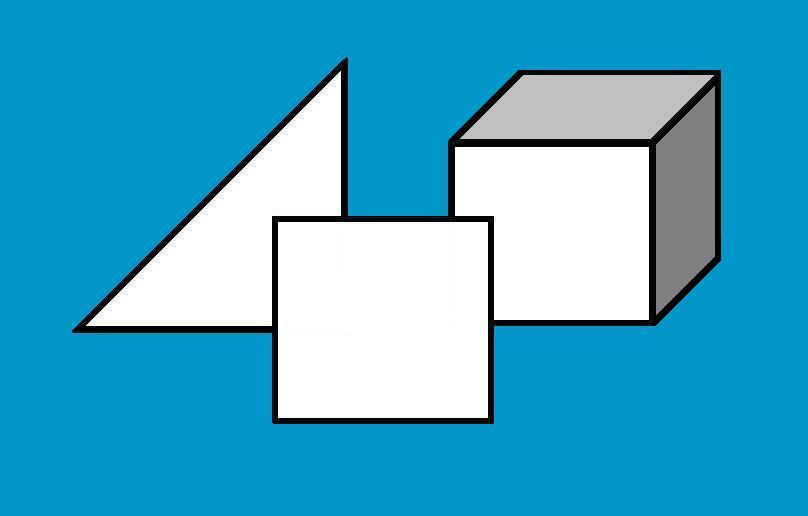




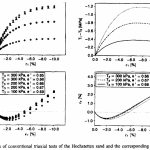
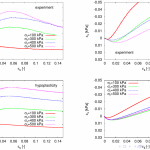
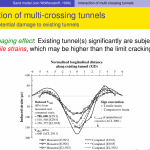

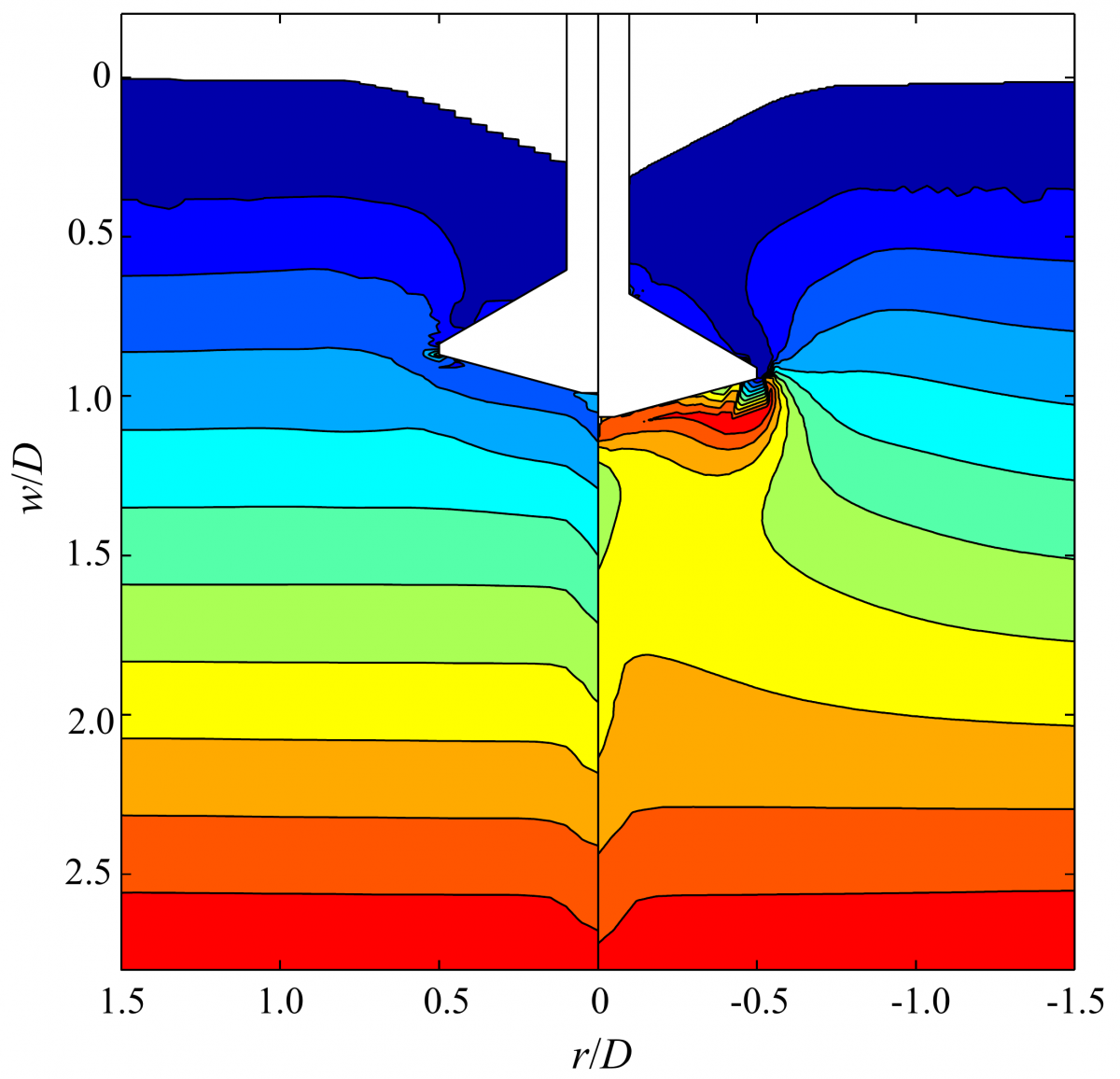
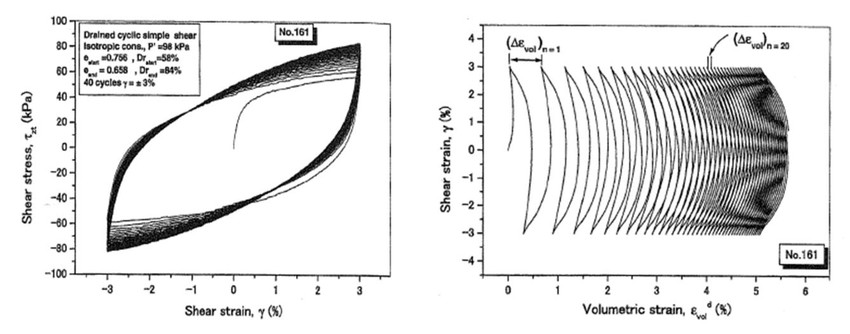
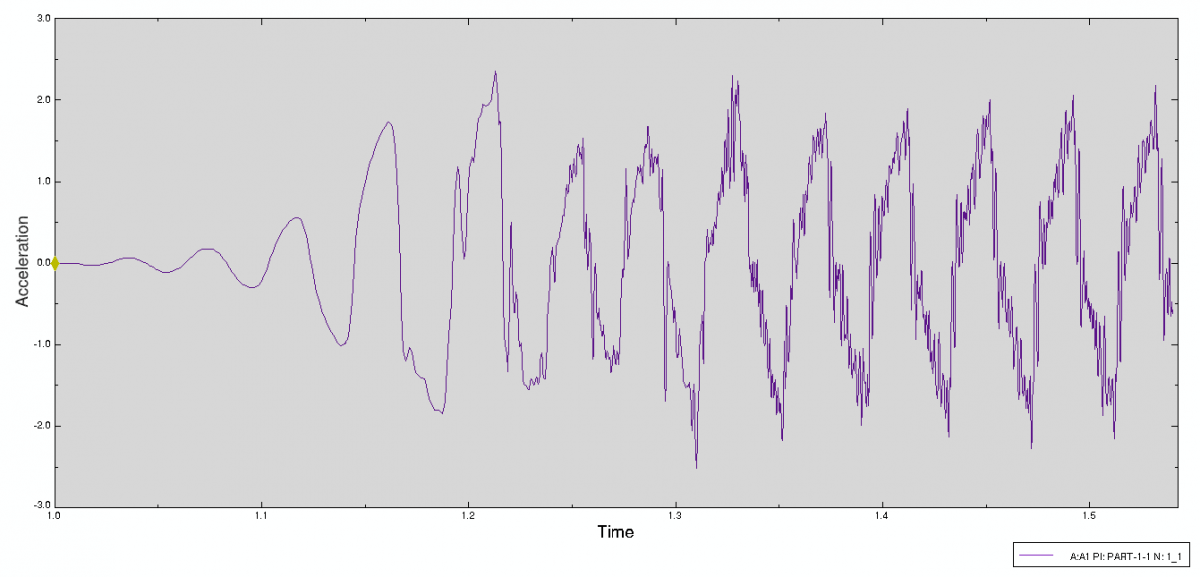
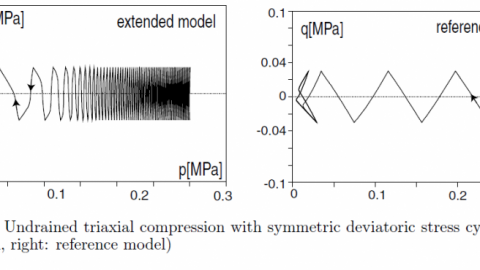

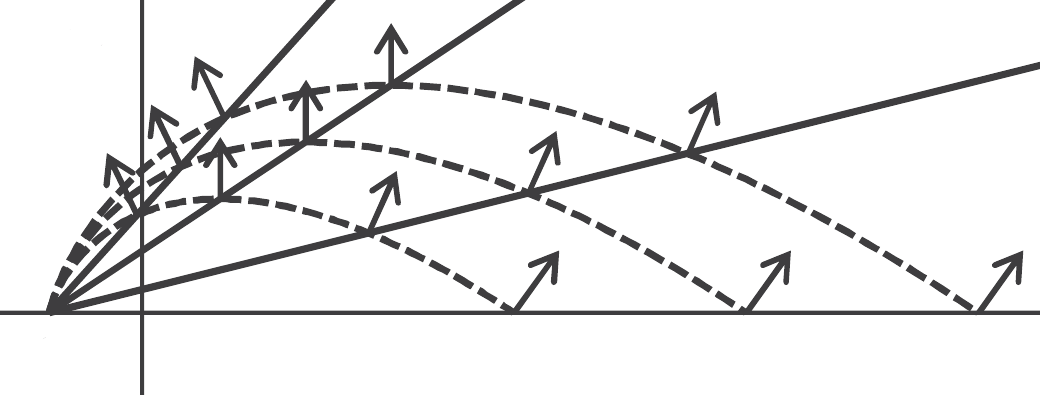
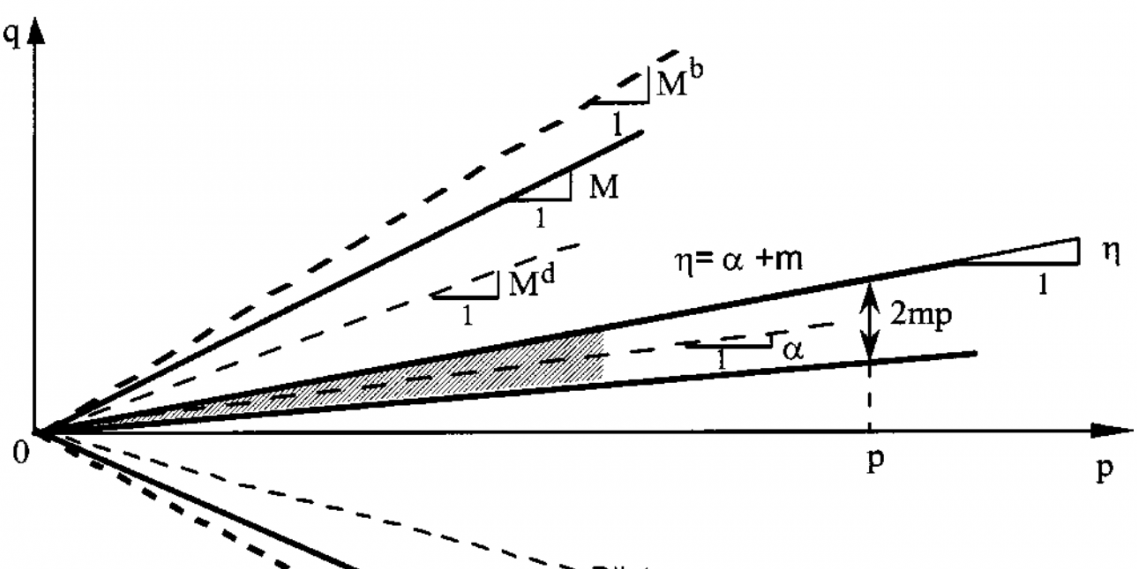
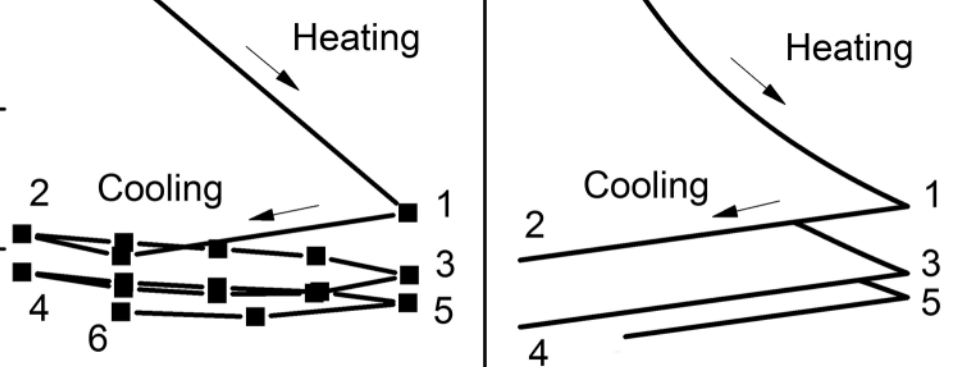
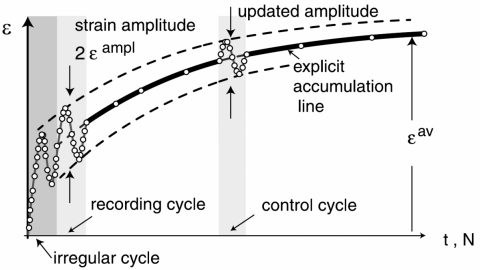
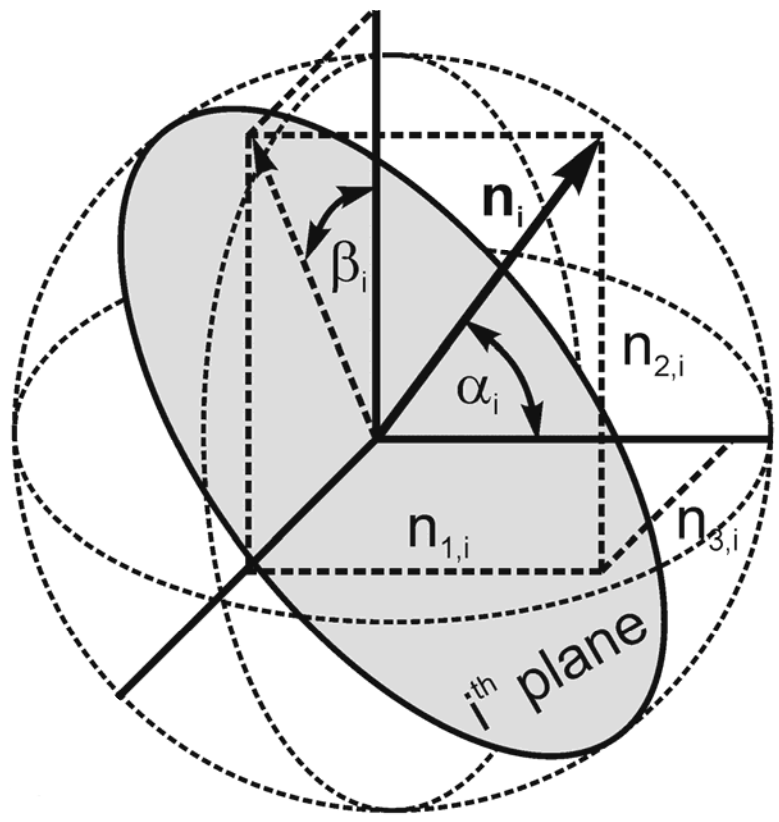
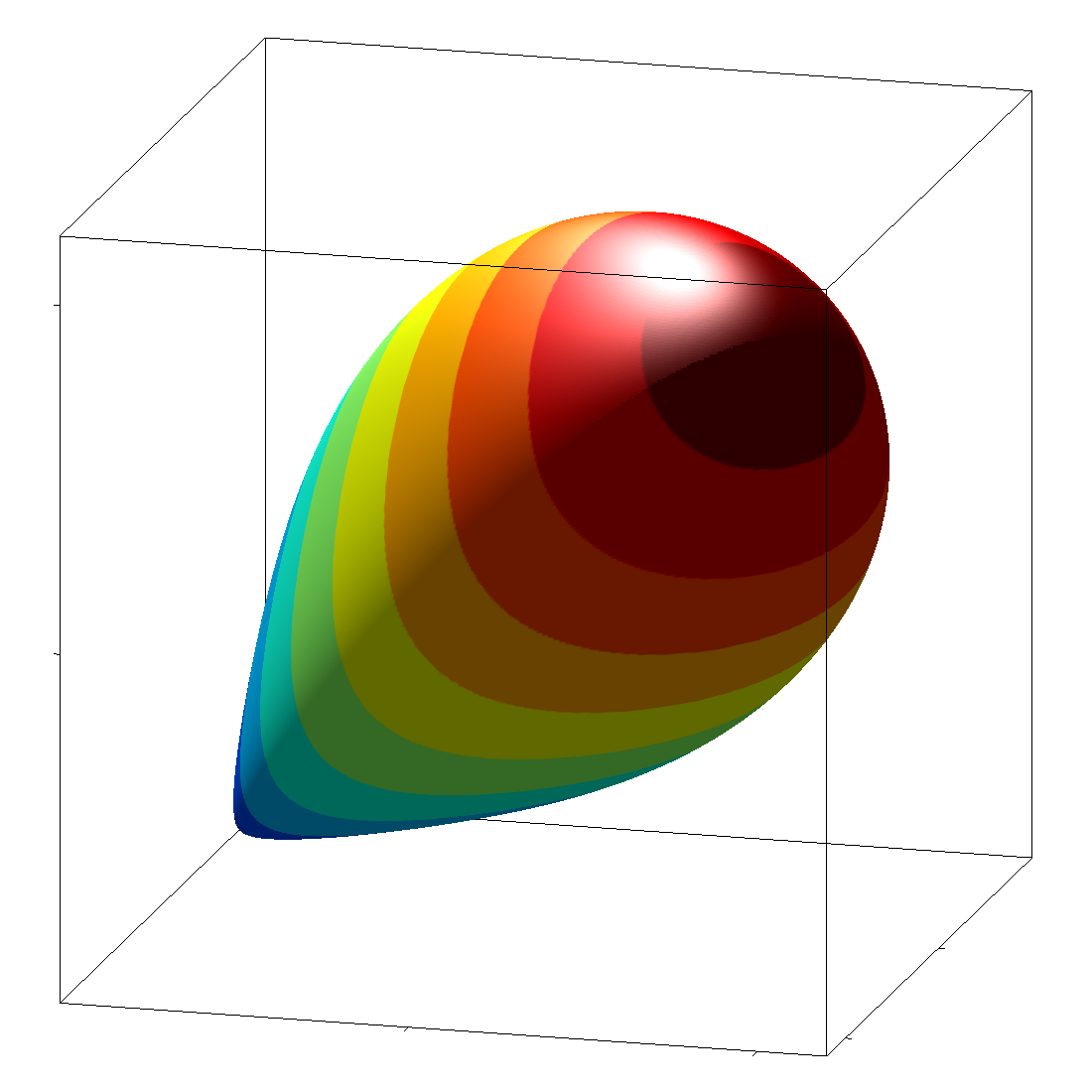

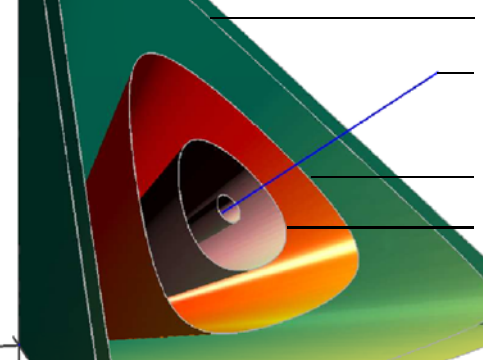

When using this model,what is the value of the state variable?
Please refer to this webpage: https://web.natur.cuni.cz/uhigug/masin/plaxumat/node5.html, parameter 16 (or 17-22 if you use intergranular strain). Please also check “Mašín, D. (2015) Part 4: Determination of material parameters, PhD course “Hypoplasticity for Practical Applications” handouts [Presentation]”, available in SoilModels publication library,
Thanks a lot !!
Dear All,
I am using sand hypoplastic model in my research and I have encountered some problem when looking into cyclic simple shear test in the range of small strains.
Firstly, I have tried to simulate cyclic simple shear test from Shahnazari & Towhata (2002), Fig. 5, on Toyoura Sand. It is in the range of medium strains, up to 3%, starting from medium dense state of Dr=58%, finishing in dense state Dr=84%. The simulation looks really good (unfortunately I can not attach in the comment section the pdf I have prepared to visualize the problem more explicitly). The sample contracts systematically with cycles thus the stiffness increases as per the experiment.
Secondly, I have subjected the same sample to cyclic loading but with significantly reduced strain amplitude, i.e. 0.1%. As expected, also here the sample contracts, however, the stiffness decreases with cycles which to me does not seem physical.
The model is calibrated as shown in Herle & Gudehus (1999) Table VII for Toyoura Sand. Intergranular strain parameters are set to also rather common values: R=0.0001, m_R=5.0, m_T=2.0, Beta=0.5, ksi=6.0. I have tried using both umats, from prof. Masin and prof. Fellin, both give the same answers. I have also tried to look how the change of the constitutive model by Wegener & Herle (2014) changes the response but did not observe an improvement regarding my problem.
I am wondering where is it I can be wrong here. Maybe some of you encountered a similar problem. Theoretically, I think I should be able to model sand behaviour for both strain levels with a single set of calibrated parameters.
Thank you all in advance for any comments and tips on how to approach my problem.
Regards
Hello soilmodels community,
There seems to be a bug in the Plaxis version of the hypoplastic model for sand – p’-q curve of loose samples in Plaxis-Soiltest dilate when contraction is instead expected. Both triax driver and test simulation in soilmodels give expected contractive response.
Not sure what the best channel to discuss the issue is – whether here or directly contacting Bentley.
Any suggestion is appreciated.
Thanks